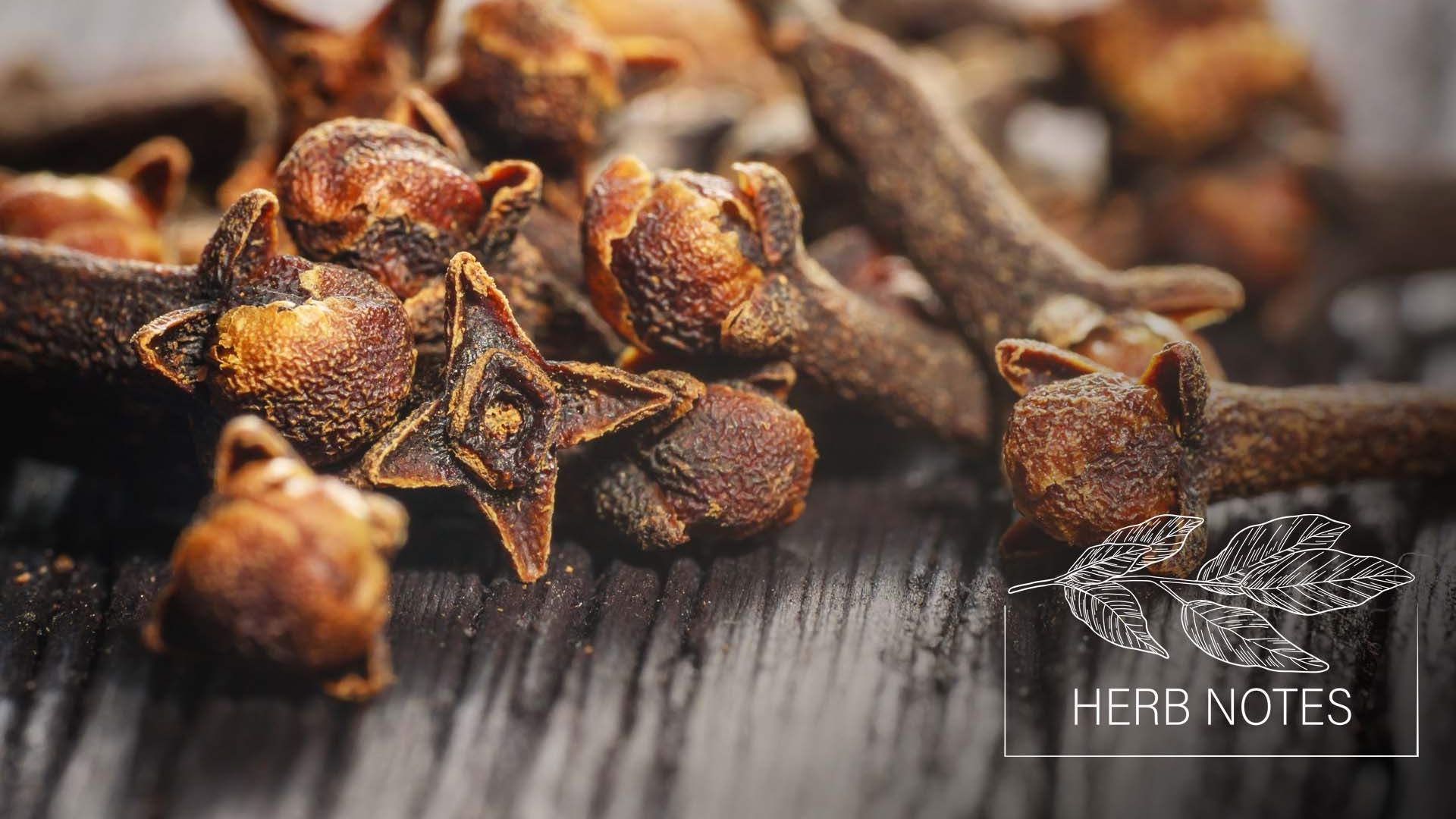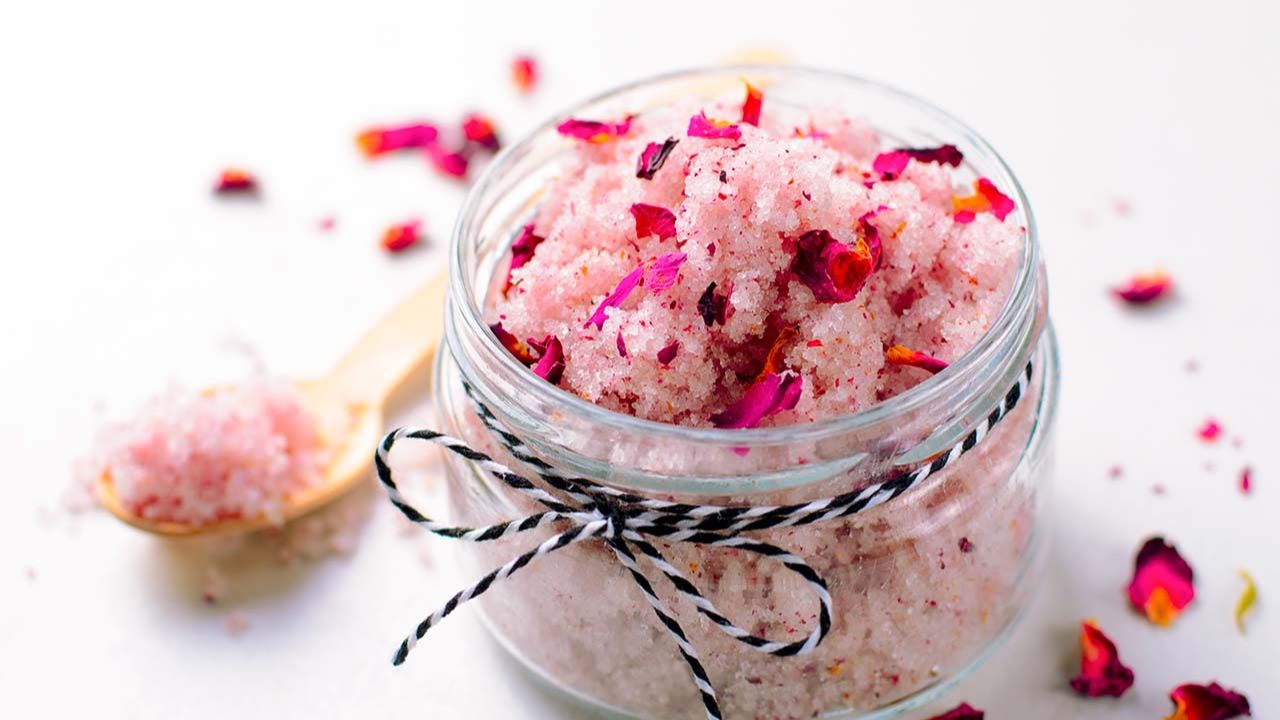
Willow Uses and Plant Monograph
With hundreds of Salix species growing in moist soils around the northern temperate hemisphere, willow generously offers itself as medicine and for tools. It has been used for thousands of years by people all around the world, including the Chinese, Europeans, and many indigenous peoples of North America. It wouldn’t surprise me if willow was used in some manner by most cultures that had access to it.

Willow Uses and Plant Profile Summary
- Botanical Name: Salix spp. including S. alba, S. nigra, S. purpurea, and many others
- Other Common Names: curly dock, dock, dockweed
- Family: Salicaceae
- Parts Used: bark, leaves, catkins
- Energetics: cool, dry
- Taste: pungent
- Plant Properties: anodyne, astringent, febrifuge, inflammation-modulating
- Plant Uses: pain, inflammation, fevers, lax tissues, strengthening transplanted plants
- Plant Preparations: decoction, tincture, powder, rooting stimulant tea
Willow as a Pain Reliever
Sometimes called “the aspirin plant,” willow was the first plant from which salicylic acid was isolated in 1828. Scientists had determined that salicylic acid was the most important constituent of willow, but when isolated, they found that salicylic acid had serious adverse effects and could readily cause gastric distress. Decades later, researchers in Germany combined salicylic acid with acetyl chloride, creating a new substance with fewer negative effects. Patented in 1900, aspirin was born. It continues to be one of the most popular over-the-counter drugs.
It’s ironic that in isolating salicylic acid from willow, scientists were overriding the inherent wisdom of the plant. In its whole form, willow doesn’t cause gastric bleeding or distress because of the astringent nature of the other constituents in the plant. It is much too simplistic to regard willow and aspirin as the same medicine. In addition to being safer than aspirin, willow has other beneficial effects.
Willow modulates inflammation and relieves pain. It is commonly used for backaches, muscular soreness, headaches, and arthritis. The level of salicylic acid in willow is actually quite low, so researchers surmise that its pain relieving effects are due to the synergy of many constituents, such as flavonoids and polyphenols.
One study reviewing the differences in action between willow and aspirin stated, “The multi-component active principle of willow bark provides a broader mechanism of action than aspirin and is devoid of serious adverse events. In contrast to synthetic aspirin, willow bark does not damage the gastrointestinal mucosa.”1 Another study showed that willow bark “induced antioxidant enzymes and prevented oxidative stress.”2
In one double blind, randomized, placebo-controlled clinical trial, a willow bark extract was found to be more effective than placebo at relieving osteoarthritis.3

Bitter, Astringent, and Antiseptic
Years ago I was on a plant walk with herbalist Darcey Williamson, who demonstrated how she chooses which willows to harvest for making medicine. She reached up to pull a long supple willow branch down and began to slightly gnaw on the bark. She said the more bitter the plant, the better it would be for medicine. Willow bark has been used as a bitter tonic to stimulate digestion, as well as a vermifuge to rid the body of parasitic worms.
In addition to the bitter flavor, willow bark is notably astringent and can be used to tighten and tone lax tissues like spongy gums, mouth sores, or boggy intestines causing excessive diarrhea. Black willow has been used specifically to curb excessive discharges relating to sexual function, including nocturnal emissions, spermatorrhea, leucorrhea, and premature ejaculation.
Topically, willow works especially well as a wash for wounds because of its ability to pull tissues together, reduce pain, and prevent infection.
One study found that willow used topically may be of benefit for people with chronic acne. Researchers tested the difference in using a facial cleanser with willow and Humulus lupulus (hops) to a placebo wash in 21 volunteers. The volunteers were given the two facial cleansers and were instructed to twice daily wash one side of their forehead with one of the cleansers and the other side of the forehead with the other cleanser. Scientists took bioengineering measurements on days 8, 15, and 17, finding that the botanical face cleanser significantly reduced the sebum level.4

Black Willow as a Sex Hormone Balancer
Black willow’s fresh catkins have long been used as an anaphrodisiac to address sexual overstimulation. Henriette Kress, Finnish herbalist and author, recommends the fresh catkins “for teens (whose hormones rule them instead of them ruling their hormones), for menopausal women, and for anybody else who suffers from their hormones being utterly out of whack.”5King’s American Dispensatory (1898) gives a wide range of uses for black willow, including “To moderate sexual erethism, irritability, and passion; lascivious dreams; libidinous thoughts; nocturnal emissions; nymphomania and satyriasis; cystitis, urethral irritation, prostatitis, cystitis, ovaritis, and other sexual disorders arising from sexual abuse or excesses.”6 The traditional preparation for this action is the fresh catkins used as a decoction or alcohol extract (tincture).

Anti-inflammatory for Intermittent Fevers, Colds, and Influenza
Willow bark was historically used in serious infections like malaria and typhoid fever. It was considered specific for intermittent fevers, meaning fevers that come and go.
Herbalist 7Song recommends willow as an anti-inflammatory. He uses it frequently to increase comfort during a cold or influenza. As an astringent herb with antiseptic properties the decoction of the bark makes a good gargle for sore throats. Willow’s astringency was also frequently favored for excessive diarrhea, as in dysentery.
There is some question whether willow bark is the best choice to address fever. While fevers were feared in the past, there is now a growing appreciation for this important immune system function. Using aspirin or other drugs to artificially lower a person’s fever is no longer the standard recommended treatment. Does willow bark act in the same way? Does taking willow bark interrupt the important immune system processes directed by fever? At this point I’m not sure and I would tend to use other herbs with diaphoretic actions to support the fever process.

Other Gifts of Willow
Willow trees are used extensively for a variety of everyday uses. Willow is pliant in the spring, making it useful for things that require bent wood. Willow is used to make everything from drying racks and snow shoes to chairs and sweat lodge poles. Willow is also an important dye, cordage, and basket-making plant for Native Americans.
A rooting tea called “Willow Water” can be made from willow twigs and can be used to stimulate root growth in cuttings or recently transplanted plants.
Plant Preparations
Most willows are medicinally interchangeable, but have varying degrees of potency. This means that the necessary dosage might change significantly from tree to tree.
Willow bark is usually gathered in the spring and fall. The bark is best harvested from properly pruned branches. I like to gather the bark from the smoother willow branches.
The bark can then be dried for later use as a decoction or tincture, or used fresh in a tincture.
Dosages vary depending on the person and the type of willow being used. It’s always a good idea to start low and slowly work up until the desired effects are achieved.
Willow Bark Decoction: 2-10 grams per day or 2-4 ounces of strong decoction 4 times per day
Willow Bark Powder: 1-3 grams per day
Dried Willow Bark Tincture: 1:4, 45% alcohol. 3-5 mLs, 3 to 5 times daily

Special Considerations
- Willow is generally safe for most people, although it should be used with caution during pregnancy and breastfeeding.
- It is hypothesized that those who are taking blood thinning medications, beta blockers, diuretics, NSAIDs, or Dilantin® should avoid taking willow bark.
- If you are allergic to aspirin then you may also have a reaction to willow, so proceed with caution.









